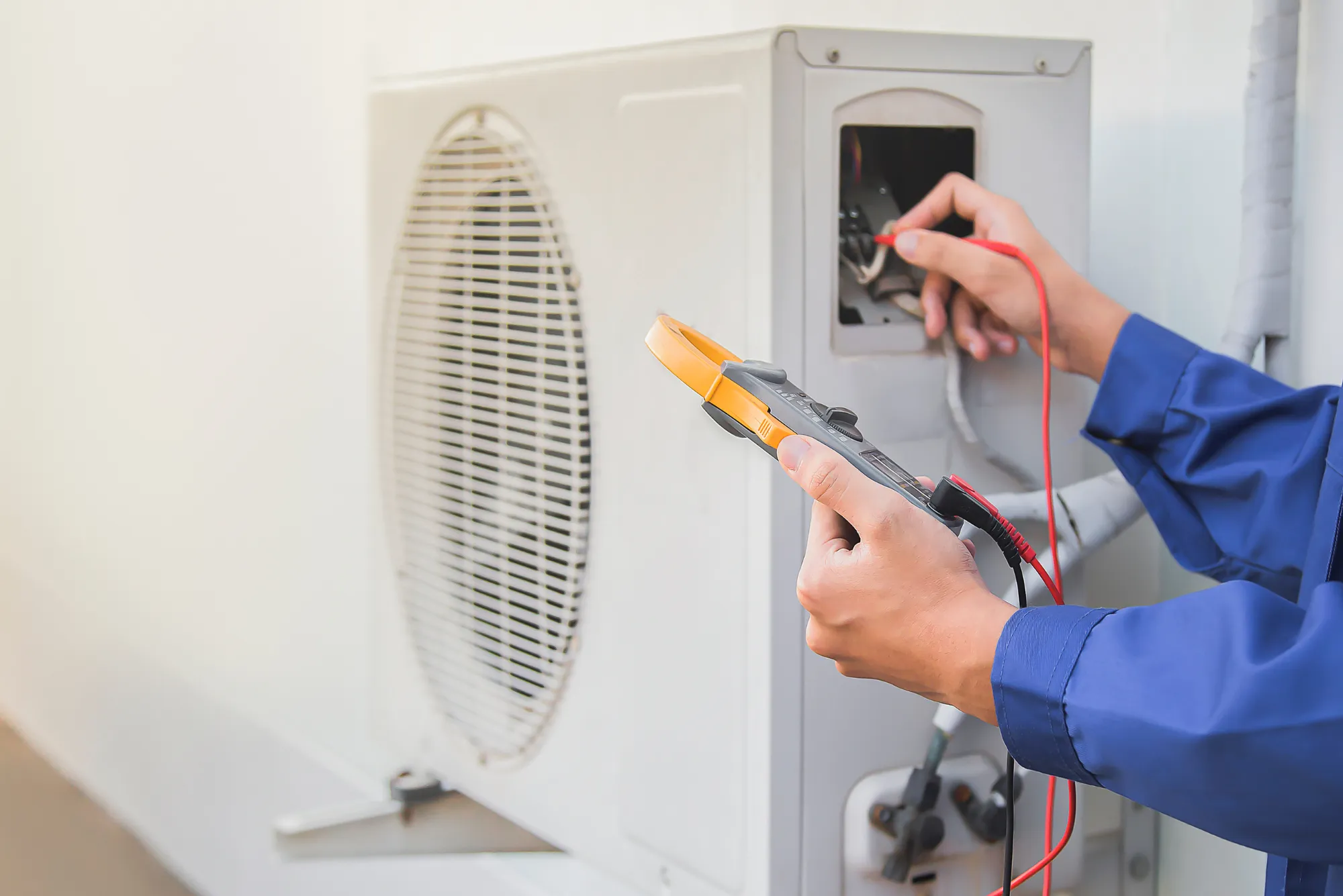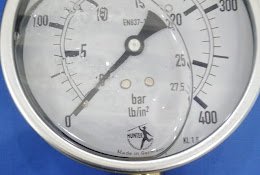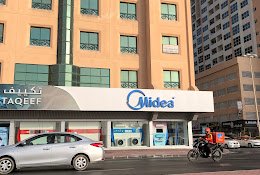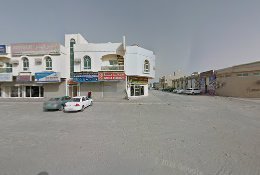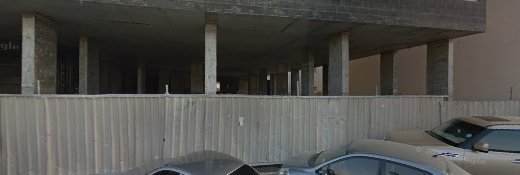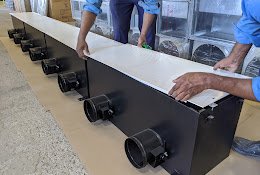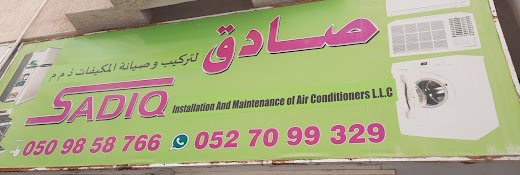Choosing the right air conditioning system is essential for maintaining indoor comfort while managing energy consumption. One of the most significant decisions buyers face is selecting between an inverter AC and a non-inverter AC. Understanding the differences between these two technologies can help homeowners and businesses make informed choices based on efficiency, cost, and performance.
Understanding Inverter and Non-Inverter ACs
Air conditioners work by cooling indoor air and maintaining a set temperature. The primary difference between inverter and non-inverter ACs lies in the way their compressors function. The compressor is the core component responsible for regulating refrigerant flow and cooling efficiency.
Inverter AC Technology
An inverter AC is equipped with a variable-speed compressor that adjusts its operation based on cooling demand. Instead of switching on and off repeatedly, the inverter compressor continuously runs at a controlled speed to maintain the desired temperature efficiently.
This dynamic operation results in significant energy savings, as the compressor does not work at full capacity all the time. The continuous regulation of cooling output also enhances overall comfort by preventing sudden temperature fluctuations.
Non-Inverter AC Technology
A non-inverter AC operates with a fixed-speed compressor that either runs at full capacity or shuts off completely once the desired temperature is reached. This cycle repeats whenever cooling is needed, leading to higher energy consumption and noticeable temperature variations.
While non-inverter ACs may have a lower upfront cost, they consume more electricity over time due to their inefficient cooling mechanism. Additionally, frequent compressor start-stop cycles lead to increased wear and tear, resulting in a shorter lifespan.
Energy Efficiency and Cost Considerations
Energy efficiency is a crucial factor when comparing inverter and non-inverter ACs. The ability of an inverter AC to regulate its speed and power consumption makes it more efficient than its non-inverter counterpart.
Although inverter ACs have a higher initial investment, they reduce electricity bills significantly over time. Governments and energy regulatory bodies often recommend inverter technology as an eco-friendly alternative that helps lower carbon emissions.
Cost Comparison
The initial cost of a non-inverter AC is lower, making it an attractive option for budget-conscious buyers. However, the long-term operational expenses of a non-inverter model outweigh its initial affordability. On the other hand, investing in an inverter AC leads to better savings due to reduced electricity usage and lower maintenance costs.
For businesses and homeowners looking for efficient cooling solutions, working with a reliable AC supplier ensures access to high-quality inverter and non-inverter models with expert guidance on selecting the best option based on specific cooling needs.
Performance and Comfort Differences
Temperature stability is a key performance aspect that distinguishes inverter ACs from non-inverter ACs. Since an inverter AC adjusts its compressor speed as required, it maintains a consistent room temperature without fluctuations. This results in a more comfortable indoor environment and prevents sudden bursts of cold air.
Non-inverter ACs, on the other hand, often lead to uneven cooling, as the compressor stops and starts multiple times. This can cause discomfort, especially in hot climates where stable temperature control is essential.
Additionally, inverter ACs operate with significantly lower noise levels. Since the compressor does not turn on and off abruptly, there is a noticeable reduction in operational sound. This makes inverter ACs an ideal choice for bedrooms, offices, and other noise-sensitive areas.
Choosing the Right Air Conditioner
Selecting the right air conditioner depends on factors such as cooling requirements, budget, and energy efficiency goals. A professional ducted AC supplier can help businesses and homeowners choose the best air conditioning system based on their specific needs.
When deciding between an inverter and non-inverter AC, consider the following:
- The long-term energy savings of an inverter AC outweigh its initial cost.
- Inverter ACs offer better comfort and noise control.
- Non-inverter ACs may be suitable for spaces with minimal cooling needs.
- Reliable AC suppliers provide warranties and after-sales support for long-term efficiency.
Environmental Impact of Inverter ACs
Inverter ACs contribute to environmental sustainability by consuming less energy and reducing greenhouse gas emissions. Their energy-efficient operation lowers overall electricity demand, making them a preferred choice for eco-conscious consumers.
Governments worldwide encourage the adoption of inverter technology through incentives and rebates, promoting the use of high-efficiency cooling systems. Businesses and homeowners seeking sustainable air conditioning solutions should consider working with a reputable ducted AC supplier for guidance on the latest energy-efficient models.
For individuals and businesses looking for premium cooling solutions, UAE Stars provides access to high-quality AC products and expert services, ensuring optimal performance and efficiency.
Conclusion
Understanding the differences between inverter and non-inverter ACs allows consumers to make well-informed decisions based on performance, energy efficiency, and cost. While inverter ACs require a higher initial investment, their long-term benefits include lower electricity bills, improved comfort, and environmental sustainability. Collaborating with an experienced AC supplier ensures access to high-quality products and professional installation, maximizing the efficiency and lifespan of an air conditioning system.

